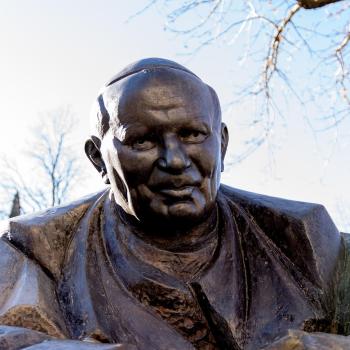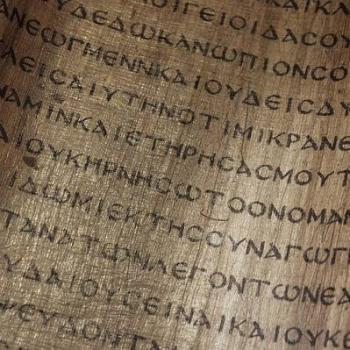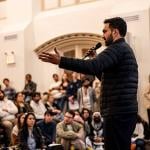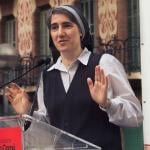SARI ASKS:
What are the major and almost-major groups of Jews, and how do they differ in terms of belief and practice?
THE GUY ANSWERS:
Nothing compares with Christianity for complexity, with an ever-expanding variety of denominations, independent congregations, religious orders, “parachurch” ministries, and miscellaneous movements. Still, Judaism is more complicated than some people realize. Running down beliefs and practices would require a long article, but here’s a summary:
First, keep in mind the huge and fundamental split among three populations: 1) Those who think of themselves as “Jewish” in some sense but are not involved either with Judaism as a religion or with non-religious Jewish agencies. 2) Those involved with such Jewish communal organizations and causes but lack any religious practice. 3) The declining ranks of those who actively participate in Judaism as a religious faith.
Then there’s the major ethnic division between the Ashkenazi and the Sephardi. The first term generally covers Jews of eastern and northern European origin, and the second mainly Jews from southern Europe (especially Portugal and Spain), northern Africa, and western Asia. In Israel the Sephardi are a strong and distinct force for tradition led by their own chief rabbi. In the U.S. they’re mostly absorbed into the general Jewish population, though the American Sephardi Federation lists 138 congregations.
Then we have the breakdown into “denominations” or “branches,” especially in largely Ashkenazi North America.
Reform Judaism is liberal. “Principles” defined by its rabbis in 1999 say Reform enables Jews “to introduce innovation while preserving tradition, to embrace diversity while asserting commonality, to affirm beliefs without rejecting those who doubt, and to bring faith to sacred texts without sacrificing critical scholarship.” In other words belief and practice are variegated, individualized, and malleable.
Conservative Judaism is the “middle” branch, historically more traditional in observance and worship than Reform, yet somewhat flexible with considerable variation. The “principles” endorsed in 1988 by major Conservative entities include the key concept that members “are committed to carrying on the rabbinic tradition of preserving and enhancing Halakhah [Jewish law] by making appropriate changes in it through rabbinic decision.” Conservatism has recently drawn closer to Reform by applying that “change” policy, for instance, to ordaining women rabbis and accepting same-sex couples.
The Orthodox branch is the most complex organizationally but closely unified in full allegiance to traditional beliefs regarding the Bible, the Talmud, and historic rabbinic interpretations of the law. Orthodoxy dominates religious life in Israel and has been gaining dynamism and numbers in North America. The Rabbinical Council and related organizations lead “modern Orthodoxy,” which seeks to accommodate current culture where Jewish law allows. Other Orthodox Jews uphold traditions in the strictest possible manner, including Hasidic groups with their own folkways and dynastic leaders. The indispensable Encyclopedia of American Religions (Gale, 8th edition, 2009) lists these: Bluzhever, Bobov, Bostoner, Bratslav, Chernobyl, Klausenburg, Lubavitch (or Chabad, by far the most prominent), Monastritsh, Novominsk, Sighet, Skver, Stolin, Talner, and Satmar. The Satmarer join the Neturei Karta movement in maintaining Orthodoxy’s onetime stance against Israel as a modern nation on grounds this must await the coming of the Messiah.
An old Jewish joke defines observance: On the Sabbath, the Orthodox walk to worship, the Conservatives drive but park two blocks away, and Reform Jews use the synagogue’s parking lot.
Reconstructionists, though small in number, insist they should be seen as Judaism’s fourth branch. This group was more or less a breakaway from Conservatism with liberal beliefs yet in some ways more traditional than Reform.
Miscellaneous factions include sects of black Jews, the mystical and New Age-y Kabbalah Centers, the Karaites who follow the Jewish Bible but not the later Talmud, and “humanistic Judaism” that denies God. All the above reject the claim to Jewish identity by “Messianic Jews” or “Jews for Jesus” who worship Jesus as God’s Son.
“Judaism 101” has a useful rundown at www.jewfaq.org/movement.htm












